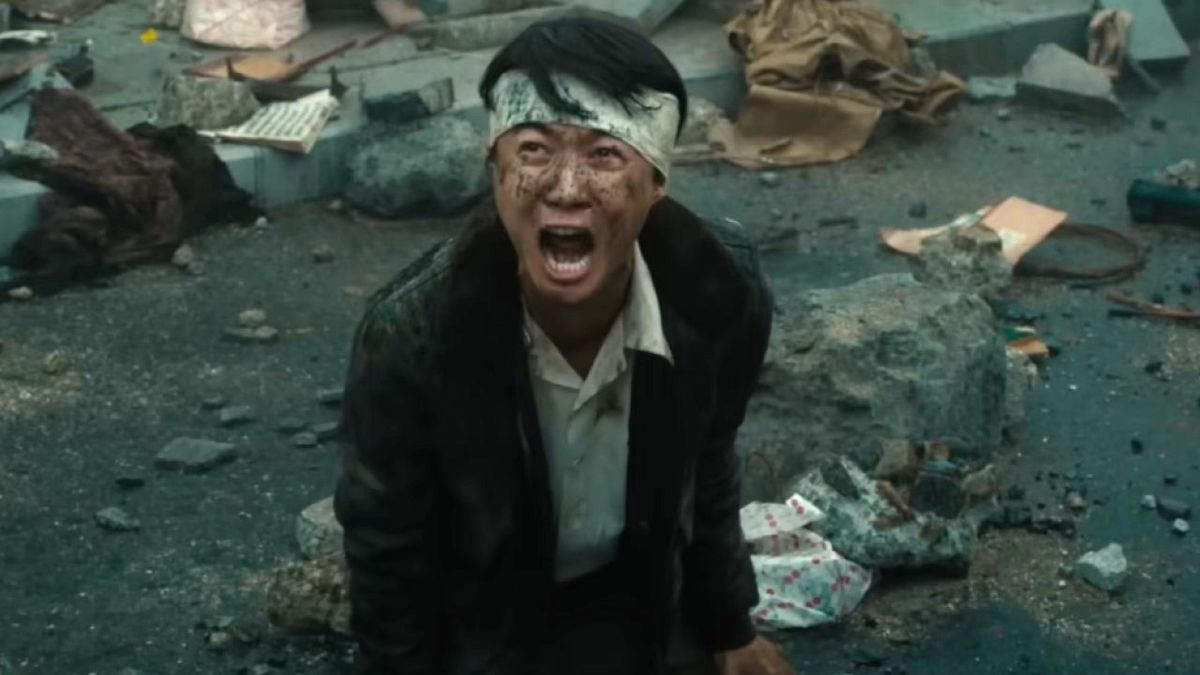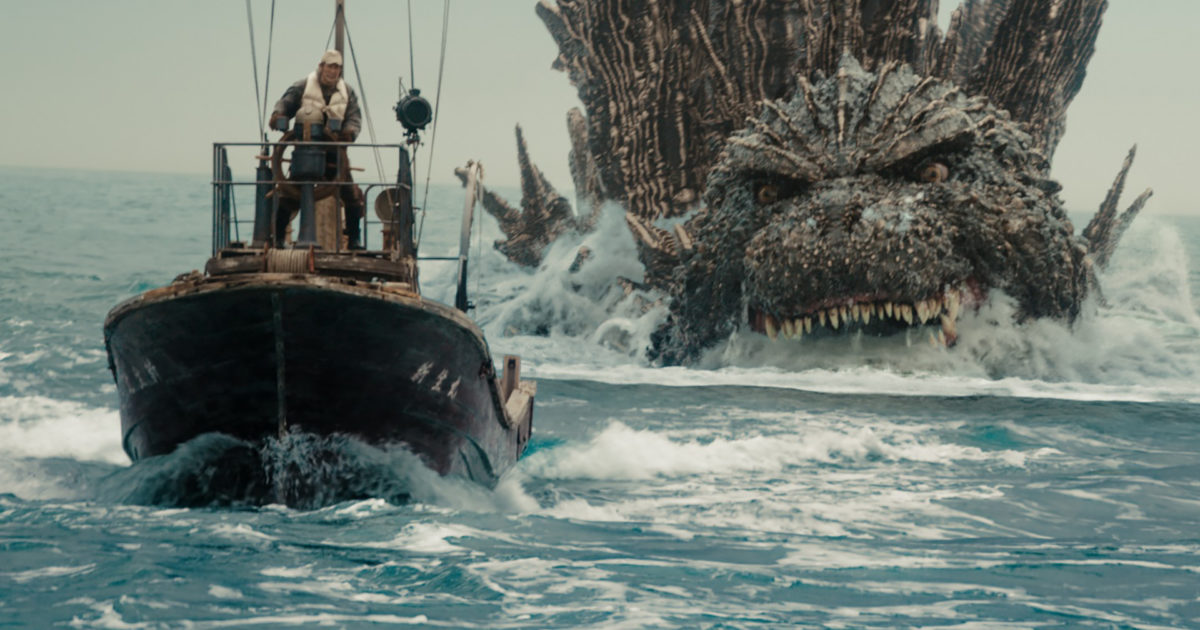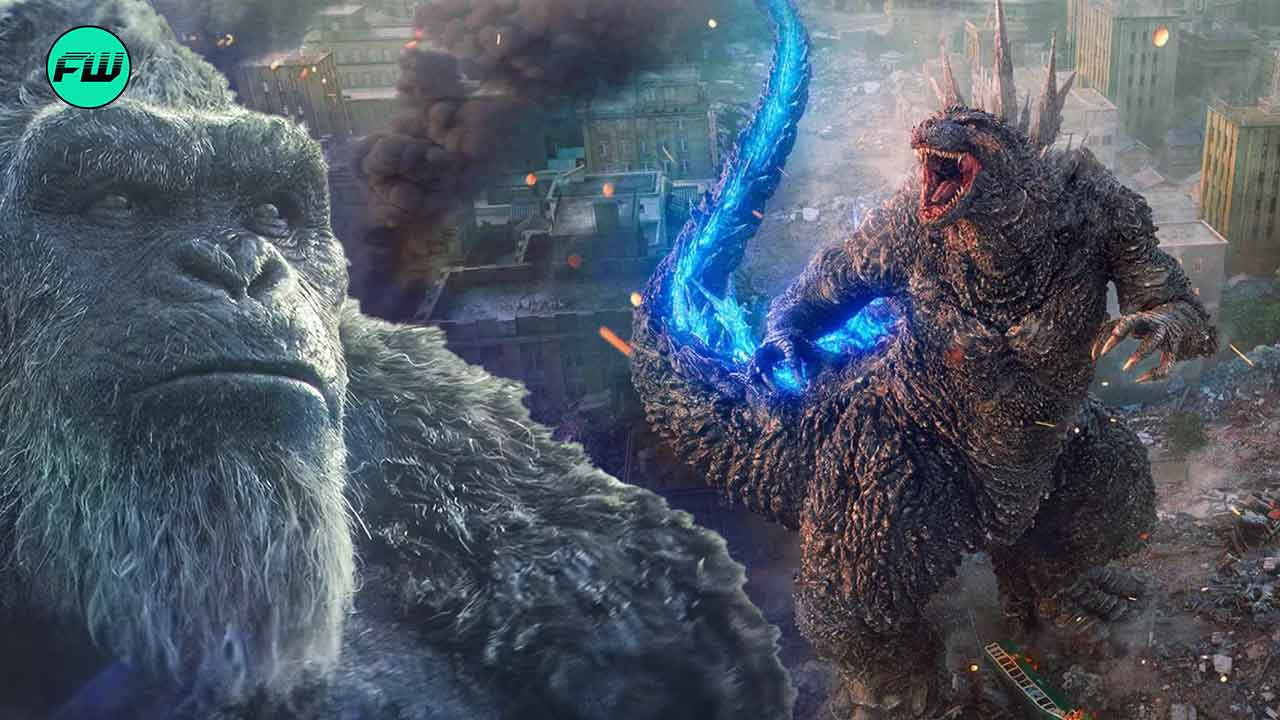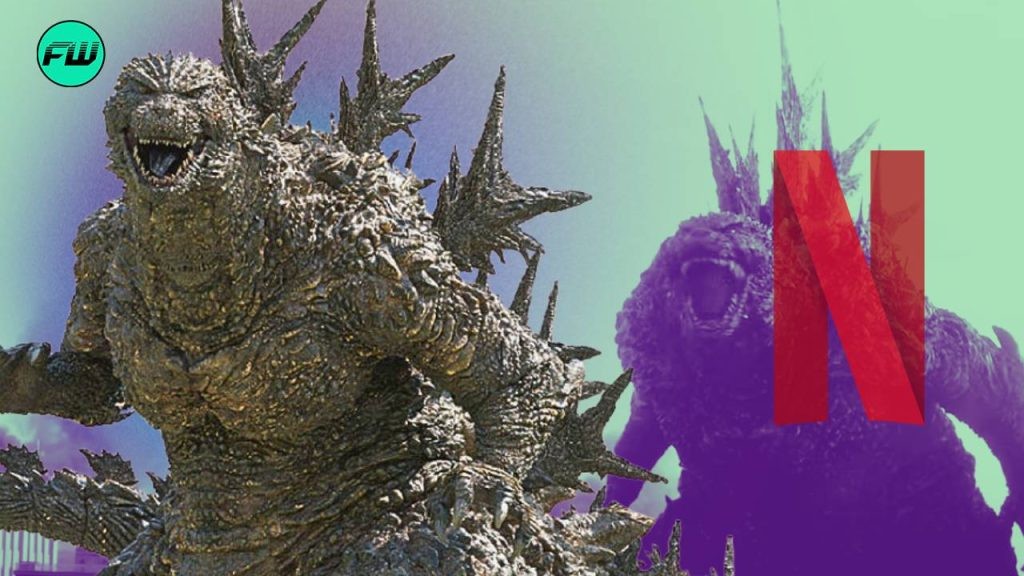In 1954, Toho Co., Ltd. undertook the daunting task of introducing the now billions-dollar-worth kaiju, Godzilla. The movie captured the popular imagination and let loose a string of spin-offs, sequels, and crossovers that have come all the way to the Monsterverse and the franchise showcasing the nuclear prehistoric creature alongside Kong. However, in a stark departure from current iterations, director Takashi Yamazaki spun his own take on the lore with Godzilla Minus One.

Interestingly, he moved completely away from the staple CGI and big-budget action sequences. Rather, he settled on a fairly grounded approach with a unique setting that had yet to make its way to the screens since a long time back. Brilliantly, all of his plans worked out, and the movie went on to become one of the most successful of the franchise as well as one with the most acclaim.
How Takashi Yamakazi made Godzilla Minus One different from the very start

Steering away from its immediate successor, Godzilla x Kong: The New Empire, the Japanese flick from the same original studio, Godzilla Minus One, had a working plan hidden in its narrative to serve as a standout factor. In talks with Screenrant, Yamakazi opened up on how and why he chose post-war Japan as the backdrop of the story, at a time when all other major editions are either set in the current time or a few years in the future.
The biggest reason I set the story in post-WWII is that, as a story, I thought it would be interesting. You’re in a situation where there’s no government, and there’s no weapons. Civilians are just left to their knowledge and resources to fight Godzilla. That was really the biggest reason.
The director’s remarks highlighted how the circumstances of a war-ravaged country allowed him to explore a period of time where people lived with little hope and extreme vulnerability. The onset of Godzilla metaphorically represented the nation’s guilt and anguish.
All of it followed up with large-scale destruction brought over by wars and neglect. Furthermore, it added a layer of authenticity as its primary focus shifted to the immediate impact of the aftermath on human lives.
In his story, the filmmaker managed to blend the perfect harmony of human connection with Godzilla by directly linking its two main leads with the events that unfolded. In return, the overall story came across as powerful, emotional, frightening, and extremely relatable; a feat and risk that the latest Monsterverse movies have failed to capitalize on.
The impressive VFX to a box office success

In a take of remarkable grit and determination, Godzilla Minus One has so far minted more than $60 million against a reported budget of just $15 million. Additionally, it also became the highest-earning Japanese flick in America while also earning the Best Visual Effects Oscar. Undeniably, the credit for it extends as much to the director as to the team of 35 artists working on 610 VFX shots in just eight months.
The movie adopted a ’90s-style approach, focusing on naturalistic lighting without fancy grading. The decision not only lowered costs significantly but also gave the movie an added aspect of nostalgia and realism. Thereafter, consistent color palettes and a sequential division of work without putting pressure on the team worked in the film’s favor, emphasizing the magnitude of Godzilla and intensifying the destruction scenes.
Godzilla Minus One is available to stream on Netflix.




